I’m pretty sure you know that diamonds are the strongest naturally occurring mineral substance found on earth. You’re not here for vanilla flavoured facts, are you? Here are 14 facts about diamonds you might actually find fascinating:
- Diamonds were first used for industrial applications due to the strength of the substance. The ancient Chinese used diamonds to polish ceremonial burial axes made from ruby in the late stone age. Today more than 80% of diamonds mined are still used for industrial purposes and not for jewellery.
- The word “diamond” is derived from the Greek word “Adamas” with means “unconquerable” and “indestructible”. Man’s fascination with diamond’s is all but a modern affair. Myths surrounding diamonds were rife in ancient times and myths ranged from diamonds being tears of gods to having properties that can ward off pure evil.
- The word “carat” is derived from the intriguing Carob tree whose seed was used for centuries as the standard of weighing precious stones. The Carob tree’s seeds are all practically identical in weight. In the late 1800’s the British stripped several Carob trees in the Mediterranean of their seeds and the average weight was found to be 0,197grams per seed. The figure is still in use today as carats are figured as 0,200grams.
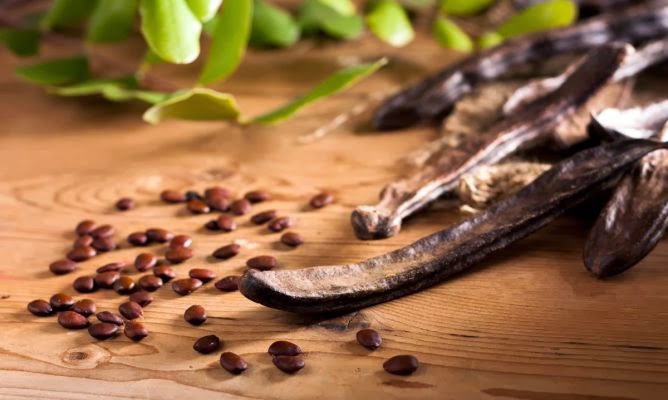
- The largest diamond heist ever played off at Schiphol Airport in Amsterdam on 25 February 2005. An armored truck bound for Amsterdam’s diamond district was hijacked in plain sight by four men in a stolen KLM cargo vehicle. None of the stolen diamonds have been recovered. Since many of the stolen diamonds were uncut, placing an accurate value on the loot is impossible. Estimates are up to the $118 000 000 region. Not bad for a honest day’s work.
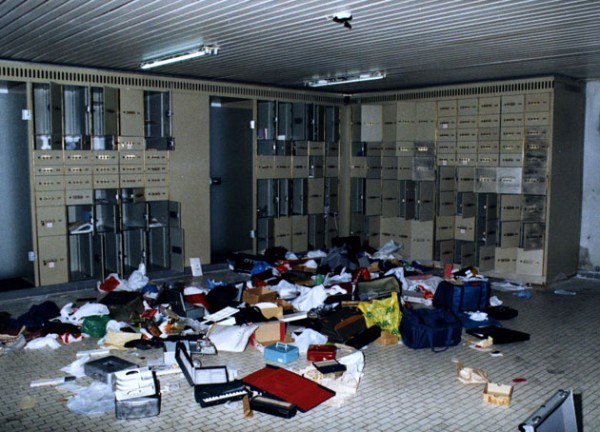
- Red is the rarest and most sought after of all diamond colours. It is generally accepted that only around 20 gem quality red diamonds are known to exist. The largest known red diamond is the Moussaieff Red, weighing in at a mere 5,11ct. It sold on auction in 2002 for a cool $8 000 000. Many experts believe a much, much higher price can be fetched today if the stone were to be placed on auction again.
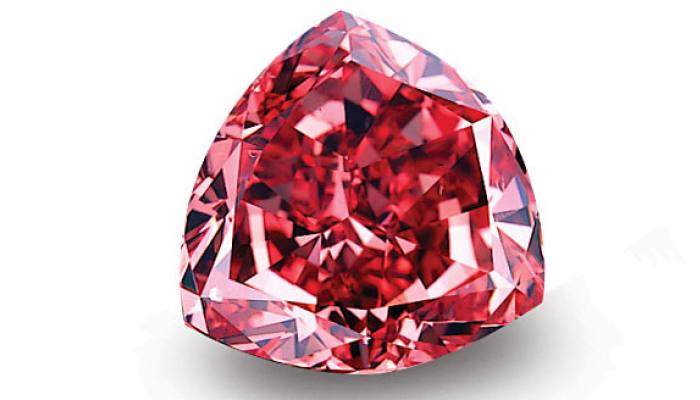
- Diamonds (Carbon) have the highest melting and boiling point of any element. Turn your new mirror-finish Defy oven up to a mere 4 827‘C to bring your bling to a boil.
- The average mined diamond is 1 billion – 3.3 billion years old. That diamond on your finger is older than any dinosaur fossil even found – which is pretty awesome if you’re into that kind of thing.
- Although diamond mining is most commonly associated with Africa – the first documented mining operations were actually in India. The banks of the rivers Penner, Krishna and Godavari started being mined for diamonds more than 3 000 years ago.
- A law in Thirteenth-century France decreed that only royalty could wear diamonds. Herewith diamonds were reborn in Europe as the ultimate status symbol.
- The first diamond ring signifying engagement was given by the Archduke Maximilian of Austria to Mary of Burgundy in 1477. This very quickly became the norm for richer folk and those of higher social class.

- 50 lightyears away from planet Earth is a very special burnt out star called Lucy (or BPM 37093, if you must). Lucy is roughly the size of our planet – but she’s made out of crystalized carbon… a.k.a diamonds! Lucy is estimated to weigh in at around 10 billion trillion trillion carats. To put this into perspective, the largest diamond ever mined on Earth weighed 3 106 carats. When our sun burns out in approximately 5 billion years it’s core will also crystalize into a diamond. Might be a sight worth hanging around for.

- The catchphrase ‘A Diamond is Forever’ is actually a slogan from an extremely successful 1948 De Beers advertising campaign.
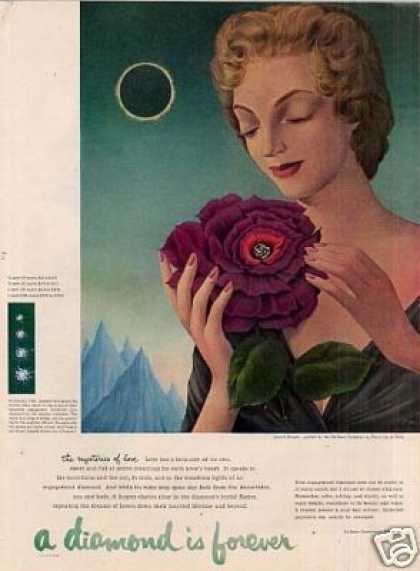
- More than 25 000 kilograms of diamonds are mined around the world every year. Botswana is the largest producer of diamonds per value.
- Contrary to popular belief laboratory grown diamonds are nothing new. In the 1940’s scientists from Sweden, the USA and the Soviet Union started conducting systematic research into the synthesis of diamonds. The first reproducible synthesis was reported in 1953. Currently an estimated 350 000 carats are produced in laboratories every year. This figure is sure to rise as public awareness and demand increases.
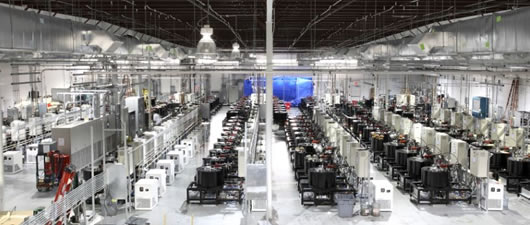
Armed with these 14 mind-blowing facts you will soon be the talk of the town!
If you are in the market for a diamond, remember to download our new ebook: “Buying A Diamond Like a Diamond Dealer”. It’s free!
{{cta(‘11654f6a-9aa3-4e50-b5c9-77b00068bd8a’)}}
